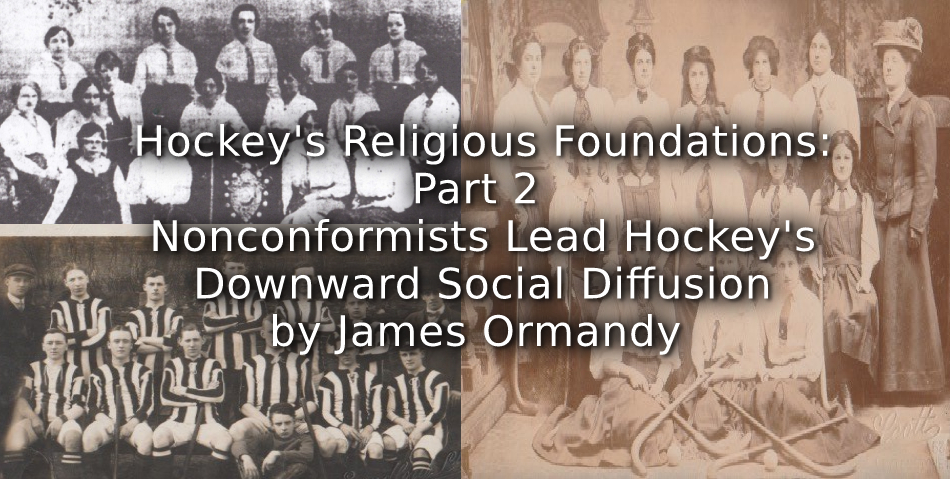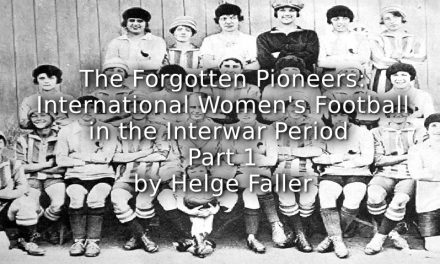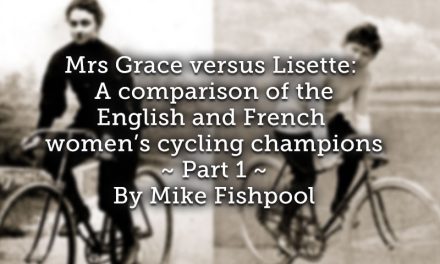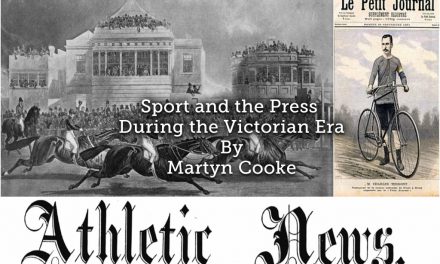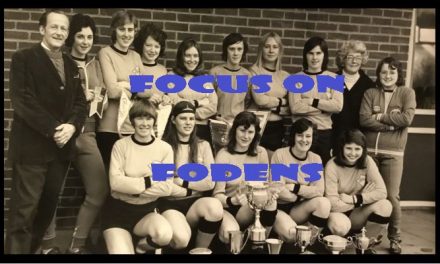To read Part one of Hockey’s Religious Foundations: The Anglican Clergy turn a Suburban Game into a National Sport – Please click HERE
Anglican curates were establishing middle class clubs across the country in the 1890s but it would be the Nonconformists ministers who would be first to create teams made up of the lower middle classes and labour aristocracy. The affinity between Nonconformists and hockey began in 1880 when Almondbury Wesleyans took on the North’s first ever club Farnley United (1879). Liberal Nonconformists preachers had begun advocating the need and value of healthy recreation since the 1860s and by the 1890s there was an even balance between Nonconformists who embraced the national passion for sport and those who were more cautious or even hostile to the notion of church sport and by the interwar period the battle had been won by the muscular Christians.[i] Hockey would prove to be a popular sports for both men and women in the Nonconformist chapels. In Northampton in 1891 the Baptist minister Frank W. Pollard and the shoe manufacturer and Baptist Frederick W. Pollard would be major sponsors and organisers of a hockey league known as the Challenge Cup Competition which would attract teams from most denominations. The first league was won by the Temperance Society followed by Rushden and the 1895/6 league was won by the Princes Street Baptists.
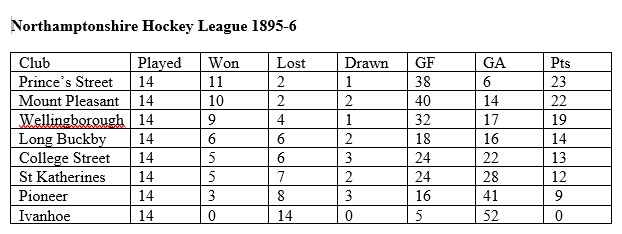
In West Yorkshire the first church based Anglican clubs were Holbeck Church HC (1895) and Brighouse Parish Church HC (1897). They would be followed in the Edwardian era by Nonconformist and Anglican church clubs in virtually all the major towns in West Yorkshire. The membership of the first clubs was predominantly middle class. Brighouse’s membership was mainly made up of members of the clergy and the sons of the major company owners in the town.
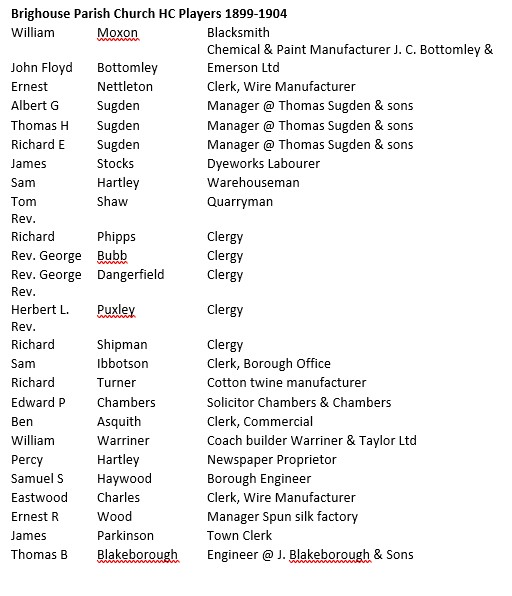
Unfortunately, as these players grew older and resigned, the club failed to recruit new members despite trying to recruit scholars from Raistrick Grammar School and would disband in 1910 with the Brighouse News reporting:
There would appear to be evidence that interest in winter sports and pastimes at Brighouse is considerably on the wane. For years there has been no football club of front rank standing, and now there appears to be a regrettable prospect of the hockey club passing into the category of things that have been.[ii]
Holbeck Church HC (1895) lost their ground at Mill Green Holbeck at the start of the 1908-9 season and spent a season ground sharing with Leeds HC at Kirkstall before disbanding at the start of the 1909 season.[iii] Ironically, the first two church clubs in Yorkshire that both had virtually exclusive middle class memberships would collapse at a period when new Anglican church clubs were appearing across West Yorkshire. (Halifax St. Augustine’s Huddersfield St. Pauls 1900, Keighley All Saints 1907, Idle Trinity 1908, Leeds St Martins, Ovenden St George’s 1907, Windhill Parish 1911).
These new clubs, except Keighley All Saints, were unaffiliated from the Yorkshire HA and were made up of members of the lower middle class and working class playing fixtures locally. The Bradford Idle ‘derby’ on Boxing Day 1908 saw the Idle Wesleyans (1907), who had won all their games bar one, defeat Idle Trinity 4-1. The occupations of the players who played in the 1908-9 season for these two clubs were mainly lower middle class or they were members of the labour aristocracy.

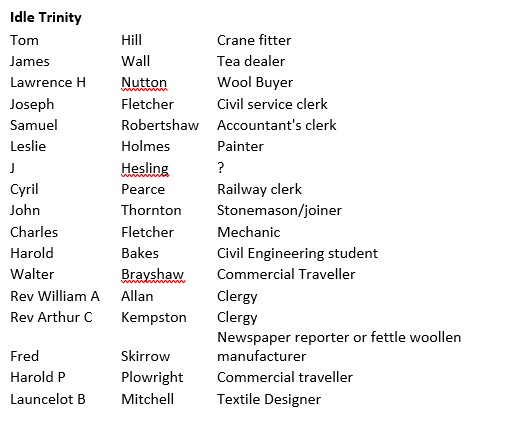
Idle Trinity’s record for their first season was: Played 14, Won 2, Drew 3, Lost 9, GF31 GA58. Their first win (1-0) had come against the Royal Artillery at Bradford Barracks and despite the arrival of the Formby and Lancashire county player the Rev. Arthur Kempston they won only one more game. Trinity Church were the last church in Idle to form a hockey club and these new Anglican clubs were often a response to the successful Nonconformists clubs in their areas. This was true of Northampton where there were numerous
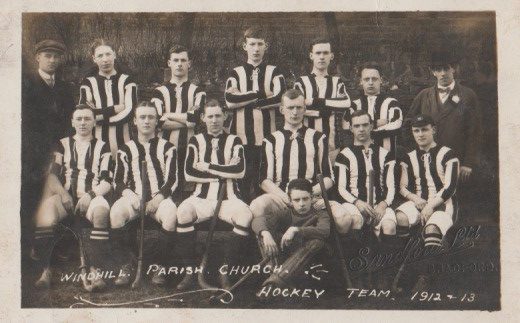
Bradford’s Windhill Parish Church Team 1912
Nonconformist chapel teams before the Anglican church of St Katherine’s started their club. Adjacent to Idle was the parish of Windhill where a new Anglican hockey team was setup by “one of England’s greatest athletes” the Revd Harold Ewbank.[iv] Ewbank, who captained Cumberland at both rugby (1908-1920) and hockey (1907-09) had studied at Queens College Oxford where he was ordained in 1910 and gained an Oxford blue in swimming and water polo.[v] Interviewed in 1919 about Sunday Recreation his comments reflect the mood of many within the Church towards recreation:
Practically, every recreation of the working classes has been condemned some time or other. It is now the same with Sunday recreation. Why do not the gentry and those of rank and authority step forward and help organise pleasures for working people, guide them, and promote healthy exercise,[vi]
Ewbank was calling for the Church to take a lead and organise recreation as he had actively promoted sport in his parishes before and after the war. Nevertheless, these Anglican church teams had short lifespans playing only for one or two seasons as the sports mad curates frequently moved on to further their careers whereas many Wesleyan teams such as the Anfield, Aintree and Seaforth Wesleyans of Liverpool could be found celebrating their 21 year anniversaries in the 1920s.[vii] In Pontypool the Wesleyans were given credit for reviving hockey in the town which would grow significantly amongst the church communities of South Wales over the following years.[viii]
Both the Anglican church and the Nonconformists were quite supportive in the development of women’s hockey in the north. Parish ministers across the country in village and city suburbs were helping to establish women’s teams in their parishes. they were also promoting sport for all encouraging the participation of women in sports such as rounders, tennis, table tennis, cycling and of course hockey. Frodsham Ladies, Everton St. Peters Ladies, and Idle Trinity were examples of teams started by their parish ministers. These clubs were for working girls playing on a Saturday afternoon such as Idle Trinity’s captain Ethel Fletcher who was a dressmaker. The clergy defended themselves from their critics by arguing they were promoting both the physical, moral and spiritual activities for all to the benefit of the health of the nation.
Religious involvement with hockey especially women’s hockey in the north increased during the Edwardian period. The Bradford suburb of Idle in 1908 had three ladies’ teams (Idle Congregational, Idle Trinity, Idle Wesleyans) with others nearby such as Fagley Mission.[ix] Altrincham St Margaret’s hockey ladies would desert the All England Women’s Hockey Association and join the first ever women’s league the Lancashire & Cheshire Ladies’ Hockey League in 1910 ending up first division runners up to Leigh Ladies.
League hockey and the playing for trophies and medals was an anathema to the upper middle class officials of the HA and AEWHA. The twenty ladies league clubs may have been debarred from joining the AEWHA but they were well supported by the church. The end of season gala at Belle Vue attracted a crowd of 1,500 spectators, mostly ladies who witnessed the attendance of the Dean of Manchester (Bishop Welldon) and the Rural Dean of Eccles (Revd A. C. Thompson). The Dean presented the league trophies and silver medals to the winners of the divisions Leigh and Holyrood. According to the Leigh Chronicle and Weekly District Advertiser he spoke highly of the game of hockey for girls and said that the average girl of today was much taller and stronger than in the day of our ancestors. He also mentioned, as he walked through the streets seeing the advertisement , “What a pity there was no Oxo when father was a boy,” but he said it was not “Oxo” they wanted it was hockey.”[x] At their fourth attempt, St Margaret’s would eventually win the league in the 1913-14 season, which had now expanded to four divisions of 35 teams, winning all of their 16 games and receiving the trophy from the ever present Dean of Manchester.[xi] They would win the league a further five times in the next six seasons. The league, like those formed after the war, was made up of teams from companies, church organisations, private clubs and old scholar teams reflecting the growth of secondary education for girls that occurred in the Edwardian period.
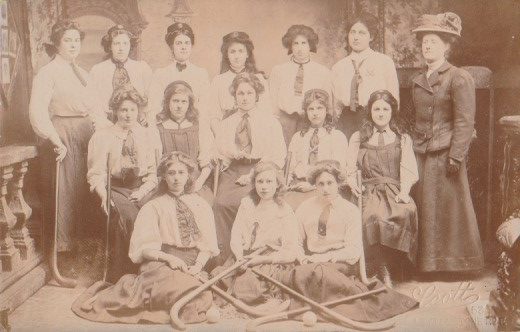
West Ham Church Sunday School team
The Anglican clergy and Nonconformists ministers were soon involved in the setting up of Sunday School hockey leagues for girls in the North whereas in the South Sunday School girl’s hockey were numerous but not operating in leagues. The Bolton Sunday School League was formed in 1915. There were six teams in the first season of the league and the first winners were Fletcher Street Wesleyans.[xii] This league would be followed by many others across the north of England in the interwar period as hockey became to be identified as a woman’s sport rather than a men’s game.
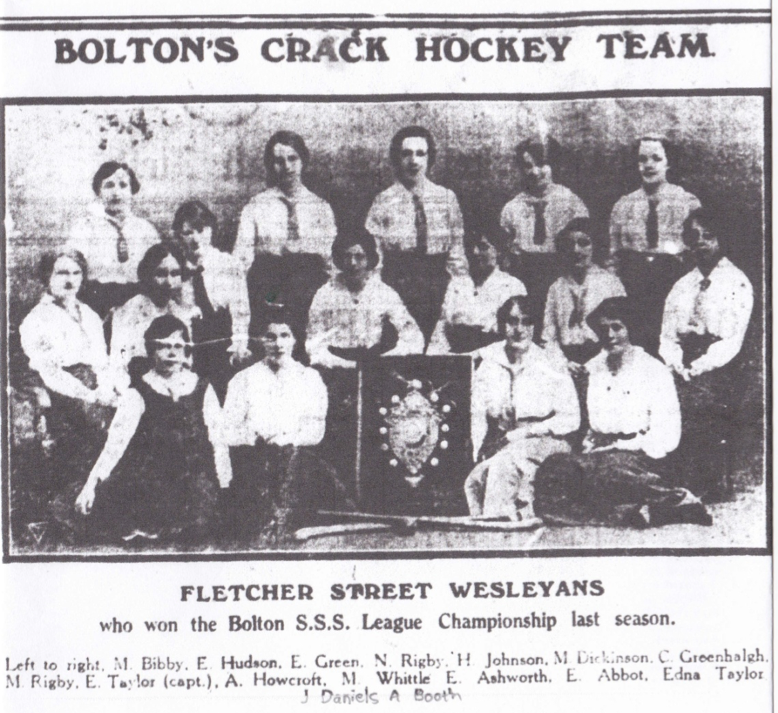
Source: Mark Evans Women’s Hockey and the Introduction of Leagues
https://www.playingpasts.co.uk/articles/gender-and-sport/womens-hockey-and-the-introduction-of-leagues/
The Manchester Sunday School Union Women’s League contained six divisions with more than sixty teams active.[xiii] Across the north of England women’s hockey leagues were started either just before or after the war (Bradford, Hull, Leeds, Liverpool, Manchester, Sheffield, Stockport) with many Anglican and Nonconformist teams playing. The churches and chapels were playing a significant part in promoting sport for all women and in particular encouraging working class participation. Allied to company’s industrial welfare schemes creating company sports clubs, the growth of schoolgirl hockey and their old girls clubs hockey would experience a period of downward social diffusion amongst women.
The Nonconformist’s appetite for men’s hockey is one of the major factors in the growth in number of affiliated clubs and the social diffusion of the game in the northern counties. Church and chapel affiliated clubs combined with the growth of company hockey teams during the interwar when Nonconformist sporting activity peaked.[xiv] In Lancashire the number of affiliated clubs doubled in number. The newly affiliated church based clubs were:
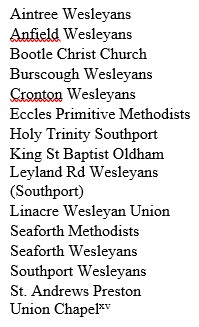
Nonconformist enthusiasm for hockey was abundant especially amongst the Wesleyans as here was a game without commercialism and professionalism that was played in the true amateur spirit of playing for the game’s sake and had none of the brutality that was now found in both codes of football. Furthermore, it was a game that could be played by both sexes separately and together. It was a community game that helped diminish the puritanical image of Nonconformism. Their enthusiasm would be partly responsible for dividing the men’s game in two as county associations divided their clubs into “premier” or first class clubs (original upper middle class clubs) and junior or colts clubs (church, company clubs) playing mostly amongst themselves. In the women’s game would be divided the All England Women’s Hockey Association clubs which were mainly middle class and the newly formed leagues which brought together working women in company teams, church teams old scholar teams from across the middle class and labour aristocracy. Hockey was reflecting that the growing middle classes was a stratum and that the labour aristocracy was very much equal to its lowest stratum.
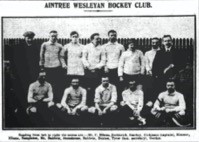
Source: Express, Liverpool 29th October 1910
Article © of James Ormandy
Read Part 3 of ‘Hockey’s Religious Foundations: Quakers Play and Support Hockey’s Development’ HERE
Acknowledgements: Support and help form Mike Smith & Shane Smith of the Hockey Museum Woking
References
[i] H. McLeod “Thews and Sinews” Nonconformity and Sport, D. Bebbington, T Larsen (ed) Modern Christianity and Cultural Aspirations (London Sheffield Academic Press 2003) p30
[ii] Brighouse News 26th July 1910
[iii] Yorkshire Evening Post 7th October 1908
[iv] Star Green’un 15th November 1919
[v] Binsey Link June 2018 https://www.binsey.org.uk (6th March 2019)
[vi] Sheffield Daily Telegraph 20th March 1919
[vii] Liverpool Echo 14th April 1928
[viii] Pontypool Free Press 16th October 1908
[ix] Shipley Times & Express 13th November 1908
[x] Leigh Chronicle & Weekly District Advertiser 7th April 1911
[xi] Hockey Field 1914 p398
[xii] Mark Evans Women’s Hockey and the introduction ofleagueshttps://www.playingpasts.co.uk/articles/gender-and-sport/womens-hockey-and-the-introduction-of-leagues/ & The Hockey Paper March 2020
[xiii] Stephen G. Jones Working-Class sport in Manchester between the Wars Richard Holt (ed) Sport and the Working-Class in Modern Britain (Manchester MUP 1990) p76
[xiv] . McLeod “Thews and Sinews” Nonconformity and Sport, D. Bebbington, T Larsen (ed) Modern Christianity and Cultural Aspirations (London Sheffield Academic Press 2003) p41
[xv] Lancashire HA minutes 1921-1939 Hockey Museum Woking

